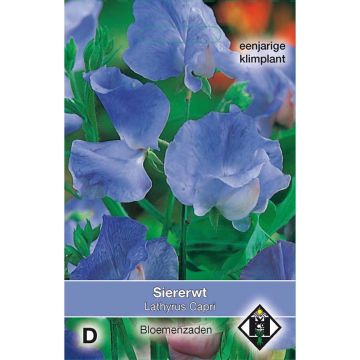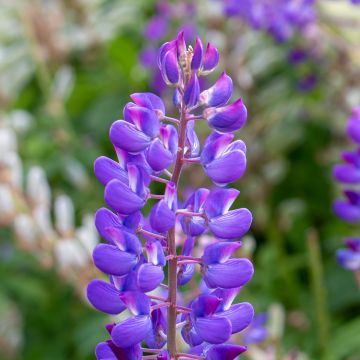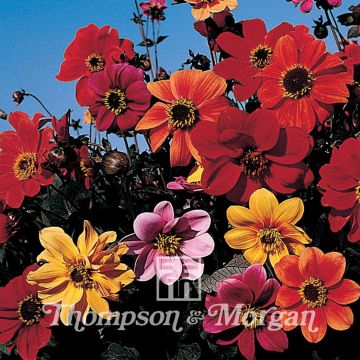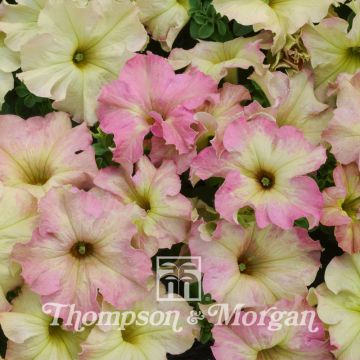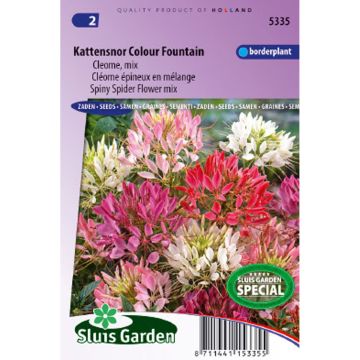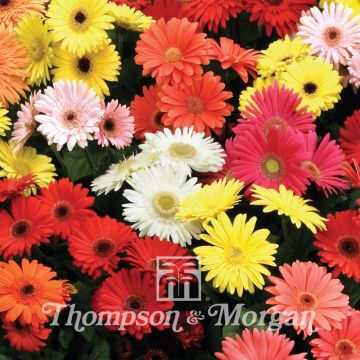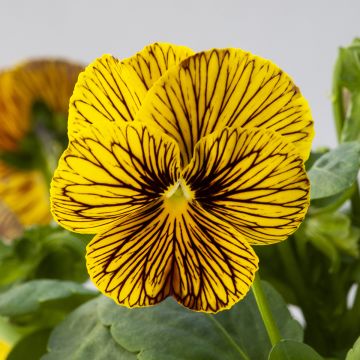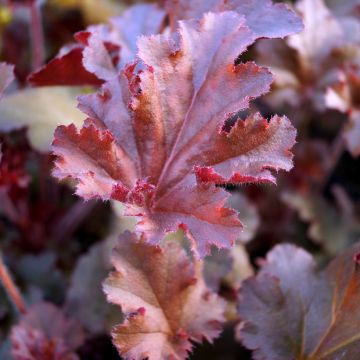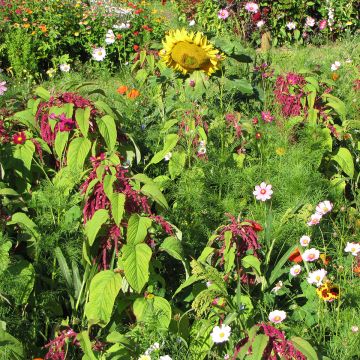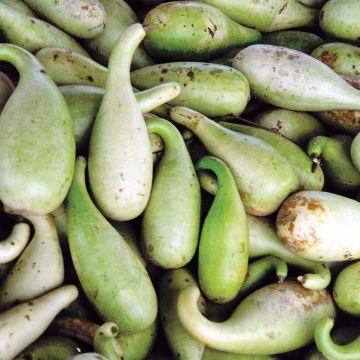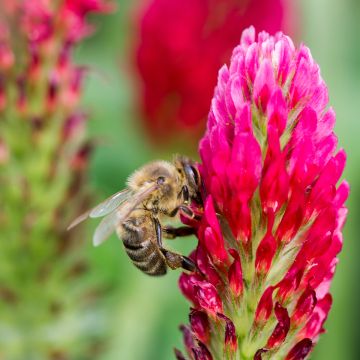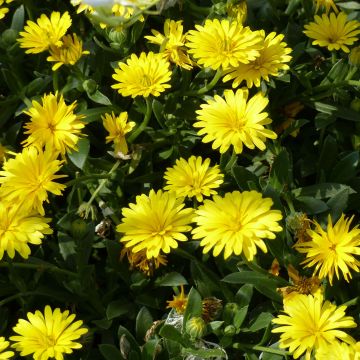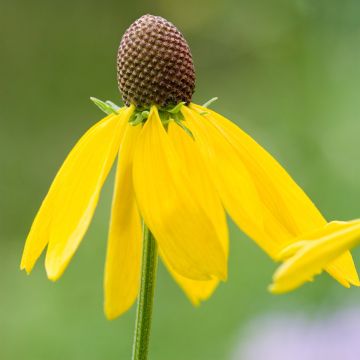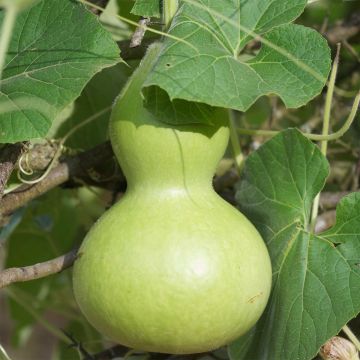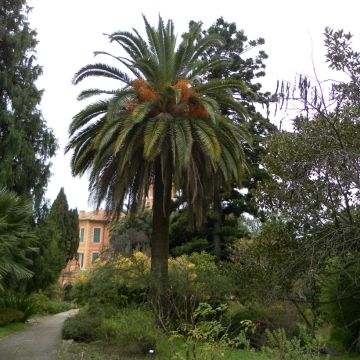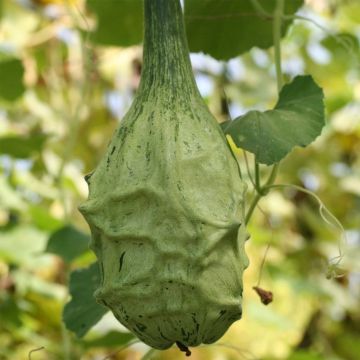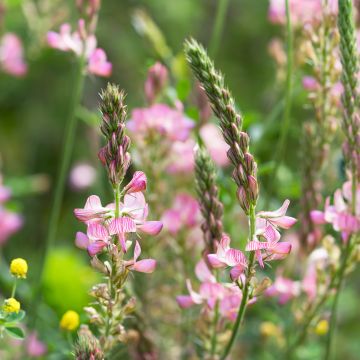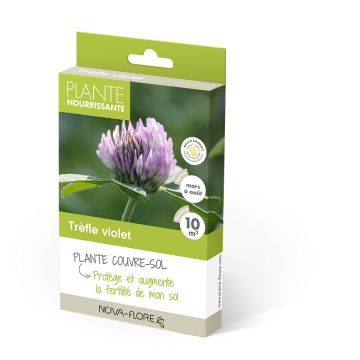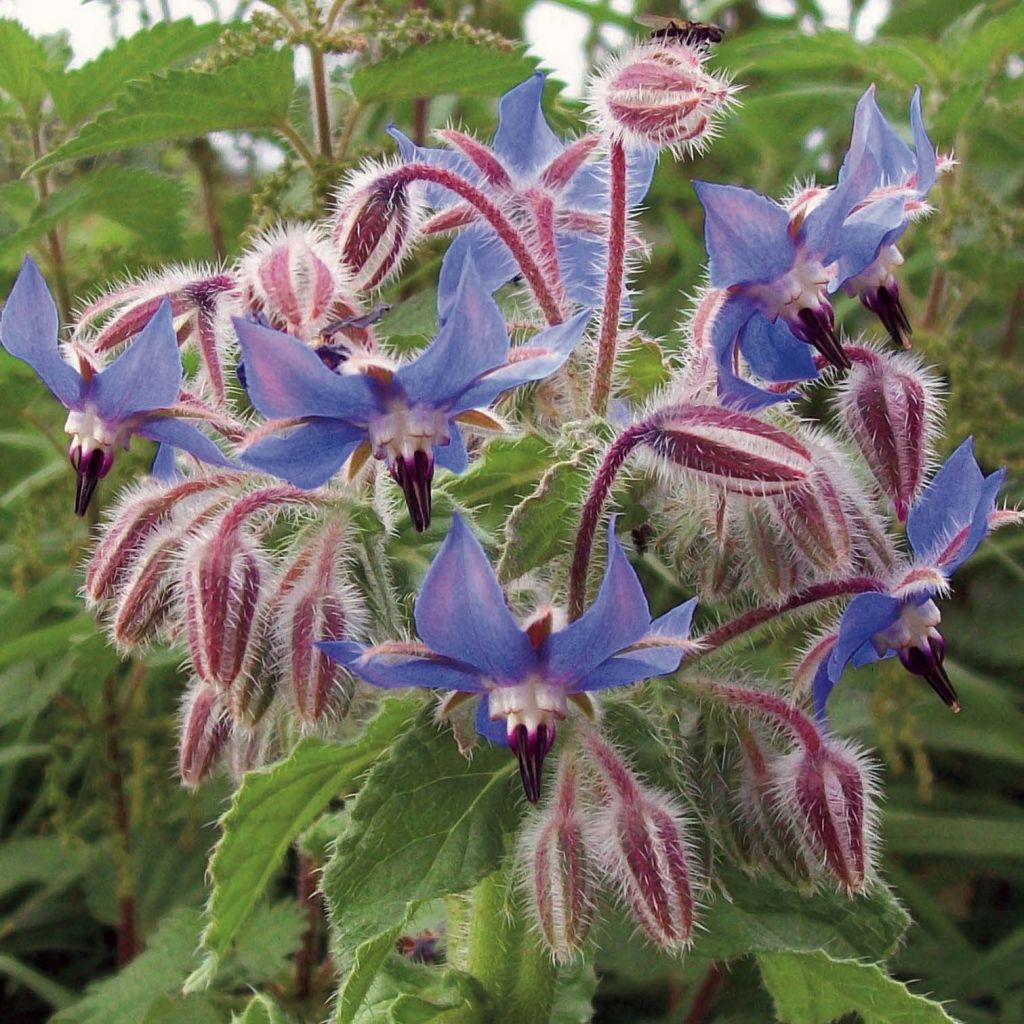

Borage seeds - Borago officinalis
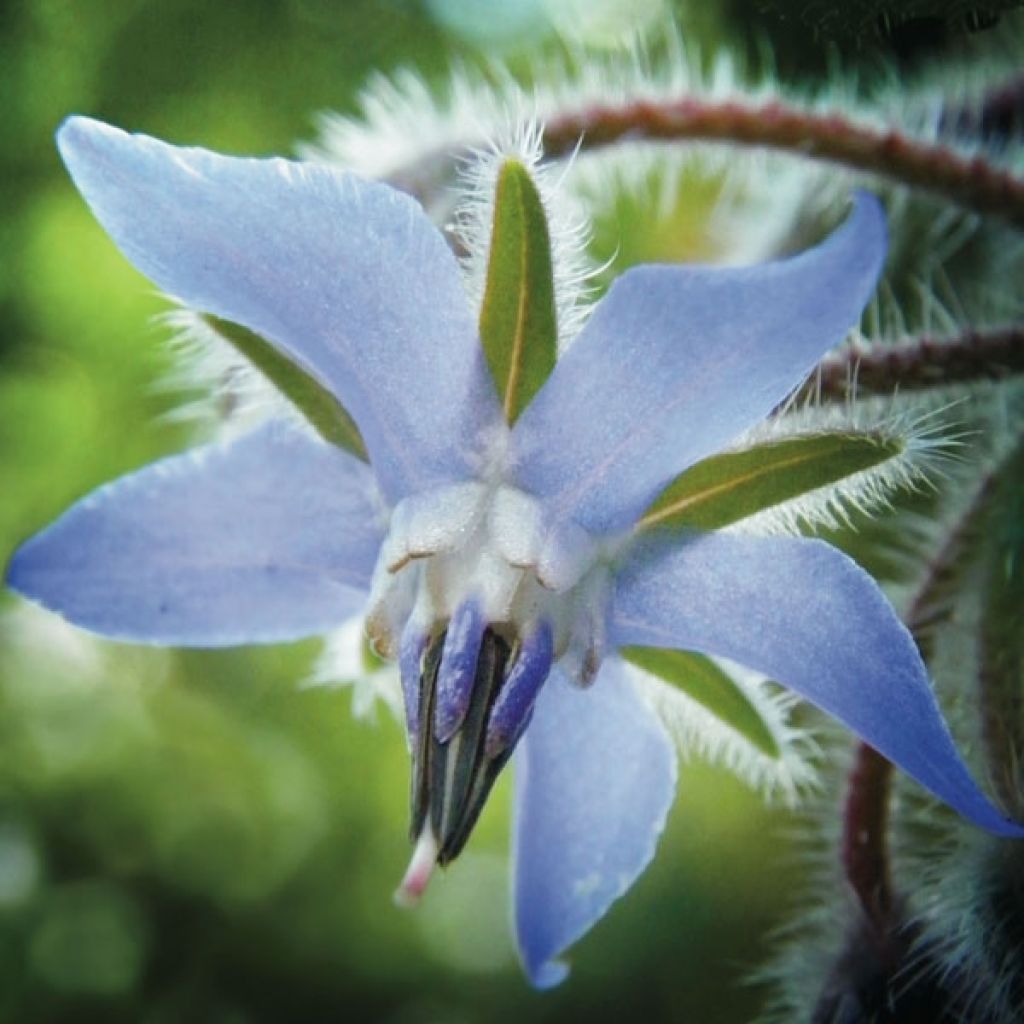

Bourrache officinale - Borago officinalis
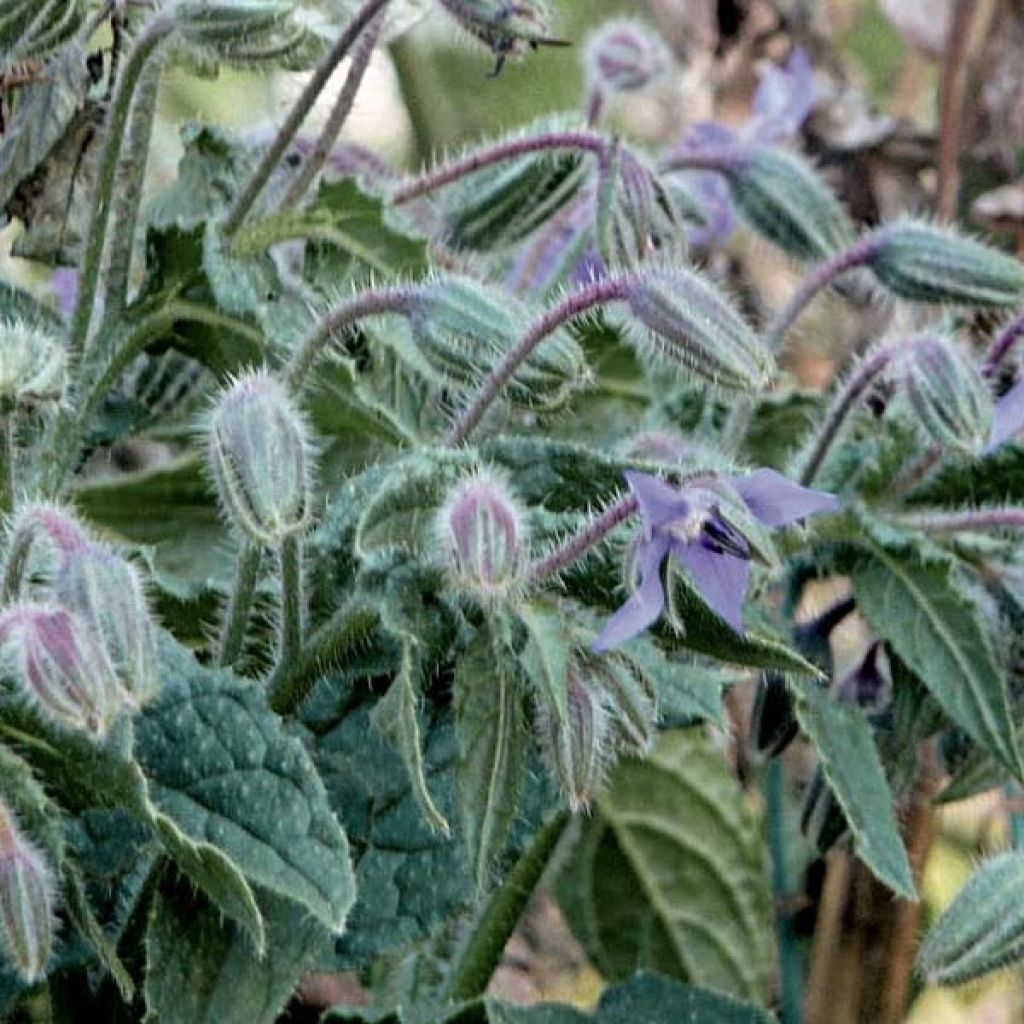

Bourrache officinale - Borago officinalis
Borage seeds - Borago officinalis
Borago officinalis
Borage, Cool Tankard, Tailwort, Talewort
Volunteers readily and self-seeds!
Virginie, 05/03/2023
This item cannot be shipped to the selected country
Dispatch by letter from €3.90
More information
Schedule delivery date,
and select date in basket
This plant carries a 6 months recovery warranty
More information
We guarantee the quality of our plants for a full growing cycle, and will replace at our expense any plant that fails to recover under normal climatic and planting conditions.
Seed-only orders are dispatched by sealed envelope. The delivery charge for seed-only orders is €3.90.

Does this plant fit my garden?
Set up your Plantfit profile →
Description
Known for its digestive and medicinal properties, borage, Borago officinalis in Latin, is increasingly cultivated for its ornamental and repellent qualities. It is an annual plant that is very robust and resistant, adapting to many types of soils and climates. In the garden, its wavy foliage and prolonged flowering in a vibrant blue are also appreciated. If you sow it once, it will spontaneously reseed itself from one year to the next wherever it pleases.
An annual plant originating from Asia Minor (Syria) and naturalised in southern Europe, common borage is usually found on pathsides and sunny slopes. Just like love-in-a-mist, borage adapts its life cycle to the climate: it germinates in autumn and blooms early in spring in warmer regions, while it will germinate in spring and bloom in summer in cooler areas. Its growth is very rapid and its lifespan does not exceed a few months. It initially forms large rosettes of green, wavy leaves covered with stiff and rough hairs. These hairs are known to impede the progress of slugs, which is why the plant is often grown on the outskirts of flower beds in vegetable gardens. The leaves, large at the base, decrease in size towards the top of the stem. They persist in winter on autumn sowings. Flowering begins in March in the South, in June in the North. Gradually, a hairy flower stalk emerges from the centre of the rosette, reaching a height of between 50 and 60 cm (20 and 24in). The blue flowers with white tips are arranged in a curved cyme. Each small flower, directed towards the ground, consists of 5 petals fused at their base and black stamens emerging from the corolla. Decorative for many months, intensely melliferous, they are also appreciated in salads for their flavour, reminiscent of the taste of oysters. Common borage has many medicinal uses that have been known for a very long time. At the end of summer, the plant produces numerous seeds and readily self-seeds in the garden, with the help of ants. In the following spring, remove unnecessary seedlings to limit their spread.
Plant common borage in the vegetable garden or ornamental garden, in flower beds, alongside sages and roses for example. This very hairy plant repels voracious cabbage white caterpillars and tomato hornworms. And gastropods stay away!
Harvesting the flowers: Cut the inflorescences when they are fully open with scissors or, even better, by hand by pinching the flower. Pick them fresh as needed. The flowers have an oyster-like taste. They add blue notes to dishes and can be used for their flavour in omelettes and salads.
Harvesting the leaves: Harvest the young leaves before the flowers appear, as they are more tender. The fresh leaves have a slight cucumber scent and can be eaten in salads. If harvested later, the leaves can be cooked like spinach.
Storage: If you are interested in the medicinal properties of common borage, let it dry to preserve it. To do this, spread the flowers on a rack or tray in a dry, ventilated place away from light. Make sure to fulfill these three conditions, otherwise the flowers will easily turn brown.
The gardener's tip: Plant borage as a green manure! Its roots will loosen the soil and its leaves, rich in saltpetre, will provide easily available minerals. After 2 months of growth, bury the borage to enrich the soil.
Report an error about the product description
Borage seeds - Borago officinalis in pictures


Flowering
Foliage
Plant habit
Botanical data
Borago
officinalis
Boraginaceae
Borage, Cool Tankard, Tailwort, Talewort
Western Europe
Other Flower seeds A to Z
Planting and care
Sow the seeds of Borage in full sun or partial shade, in a fertile, well-prepared, and loose soil, even limestone. Sowing is generally done in spring, starting from April, for a flowering period from mid-July to autumn. In the Mediterranean region, it is preferable to sow in September-October for a flowering in March-April. The cultivation of this plant is very easy, it may be prone to aphids, but it proves to be quite effective against slugs. It will self-sow in the garden, just remove any young plants that are obstructing or poorly placed.
Sowing period
Intended location
-
, onOrder confirmed
Reply from on Promesse de fleurs
Flower seeds
Haven't found what you were looking for?
Hardiness is the lowest winter temperature a plant can endure without suffering serious damage or even dying. However, hardiness is affected by location (a sheltered area, such as a patio), protection (winter cover) and soil type (hardiness is improved by well-drained soil).

Photo Sharing Terms & Conditions
In order to encourage gardeners to interact and share their experiences, Promesse de fleurs offers various media enabling content to be uploaded onto its Site - in particular via the ‘Photo sharing’ module.
The User agrees to refrain from:
- Posting any content that is illegal, prejudicial, insulting, racist, inciteful to hatred, revisionist, contrary to public decency, that infringes on privacy or on the privacy rights of third parties, in particular the publicity rights of persons and goods, intellectual property rights, or the right to privacy.
- Submitting content on behalf of a third party;
- Impersonate the identity of a third party and/or publish any personal information about a third party;
In general, the User undertakes to refrain from any unethical behaviour.
All Content (in particular text, comments, files, images, photos, videos, creative works, etc.), which may be subject to property or intellectual property rights, image or other private rights, shall remain the property of the User, subject to the limited rights granted by the terms of the licence granted by Promesse de fleurs as stated below. Users are at liberty to publish or not to publish such Content on the Site, notably via the ‘Photo Sharing’ facility, and accept that this Content shall be made public and freely accessible, notably on the Internet.
Users further acknowledge, undertake to have ,and guarantee that they hold all necessary rights and permissions to publish such material on the Site, in particular with regard to the legislation in force pertaining to any privacy, property, intellectual property, image, or contractual rights, or rights of any other nature. By publishing such Content on the Site, Users acknowledge accepting full liability as publishers of the Content within the meaning of the law, and grant Promesse de fleurs, free of charge, an inclusive, worldwide licence for the said Content for the entire duration of its publication, including all reproduction, representation, up/downloading, displaying, performing, transmission, and storage rights.
Users also grant permission for their name to be linked to the Content and accept that this link may not always be made available.
By engaging in posting material, Users consent to their Content becoming automatically accessible on the Internet, in particular on other sites and/or blogs and/or web pages of the Promesse de fleurs site, including in particular social pages and the Promesse de fleurs catalogue.
Users may secure the removal of entrusted content free of charge by issuing a simple request via our contact form.
The flowering period indicated on our website applies to countries and regions located in USDA zone 8 (France, the United Kingdom, Ireland, the Netherlands, etc.)
It will vary according to where you live:
- In zones 9 to 10 (Italy, Spain, Greece, etc.), flowering will occur about 2 to 4 weeks earlier.
- In zones 6 to 7 (Germany, Poland, Slovenia, and lower mountainous regions), flowering will be delayed by 2 to 3 weeks.
- In zone 5 (Central Europe, Scandinavia), blooming will be delayed by 3 to 5 weeks.
In temperate climates, pruning of spring-flowering shrubs (forsythia, spireas, etc.) should be done just after flowering.
Pruning of summer-flowering shrubs (Indian Lilac, Perovskia, etc.) can be done in winter or spring.
In cold regions as well as with frost-sensitive plants, avoid pruning too early when severe frosts may still occur.
The planting period indicated on our website applies to countries and regions located in USDA zone 8 (France, United Kingdom, Ireland, Netherlands).
It will vary according to where you live:
- In Mediterranean zones (Marseille, Madrid, Milan, etc.), autumn and winter are the best planting periods.
- In continental zones (Strasbourg, Munich, Vienna, etc.), delay planting by 2 to 3 weeks in spring and bring it forward by 2 to 4 weeks in autumn.
- In mountainous regions (the Alps, Pyrenees, Carpathians, etc.), it is best to plant in late spring (May-June) or late summer (August-September).
The harvesting period indicated on our website applies to countries and regions in USDA zone 8 (France, England, Ireland, the Netherlands).
In colder areas (Scandinavia, Poland, Austria...) fruit and vegetable harvests are likely to be delayed by 3-4 weeks.
In warmer areas (Italy, Spain, Greece, etc.), harvesting will probably take place earlier, depending on weather conditions.
The sowing periods indicated on our website apply to countries and regions within USDA Zone 8 (France, UK, Ireland, Netherlands).
In colder areas (Scandinavia, Poland, Austria...), delay any outdoor sowing by 3-4 weeks, or sow under glass.
In warmer climes (Italy, Spain, Greece, etc.), bring outdoor sowing forward by a few weeks.

































